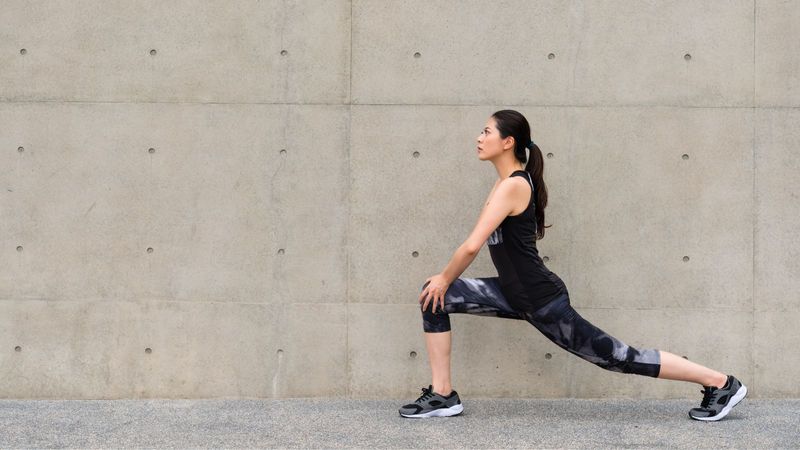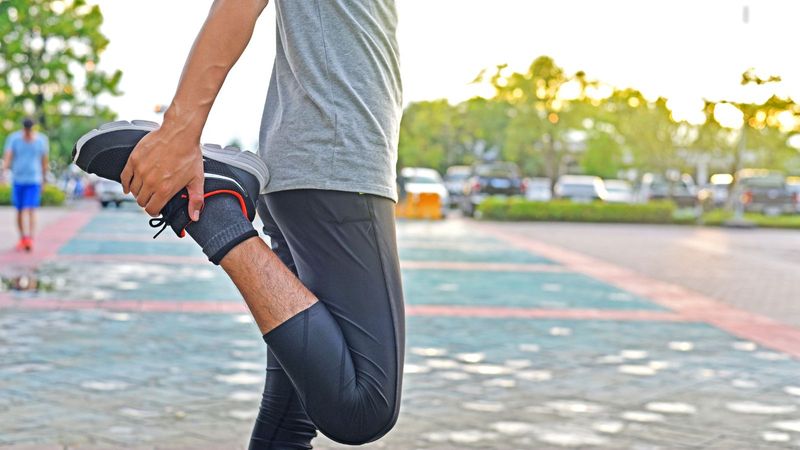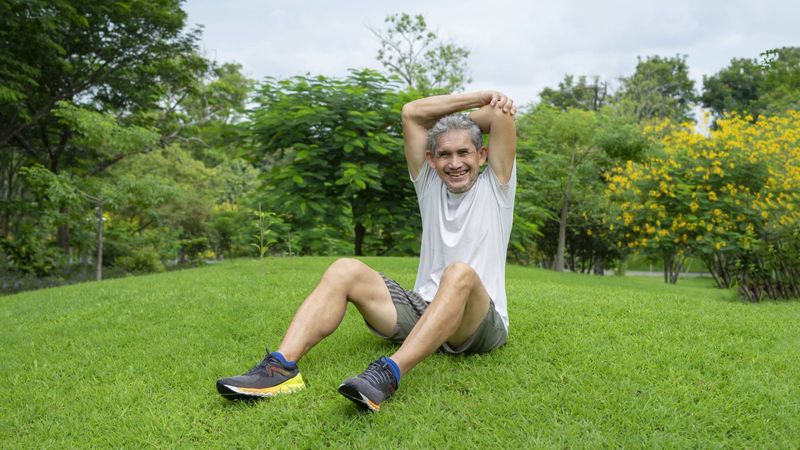Engaging in physical activity is a key component of a healthy lifestyle, and while many enthusiasts focus on the main workout, the often-overlooked warm-up holds equal significance. Warm-up exercises' benefits extend far beyond a mere routine; they play a pivotal role in enhancing performance, preventing injuries, and priming both the body and mind for the challenges ahead.
Understanding the science behind why is it important to warm up before exercise

At its core, a warm-up serves to gradually increase the heart rate and circulation, preparing the body for more intense physical activity. When the body is at rest, blood flow is concentrated in essential organs, but a proper warm-up redirects blood flow to the muscles. This ensures that the muscles receive an adequate oxygen and nutrient supply, priming them for the upcoming workload.
Warm up exercise benefits
1. Enhanced flexibility and range of motion

One of the primary warm up benefits is the positive impact on flexibility and range of motion. Gentle stretching during a warm-up session helps lubricate the joints, making movements smoother and reducing the risk of strains or sprains. Flexibility is a crucial aspect of overall fitness, and a proper warm-up sets the stage for improved performance in activities that demand a broad range of motion.
2. Increased muscle temperature

Warming up gradually increases muscle temperature, a vital factor in optimising muscle function. Higher temperatures enhance the efficiency of energy-producing reactions and the flexibility of muscle fibres. This not only improves muscle contraction and relaxation but also contributes to overall athletic performance. Cold muscles, on the other hand, are more susceptible to injuries, making the warm-up an essential preventive measure, boosting the advantages of warm up exercise.
3. Activation of the nervous system

Beyond the physical aspects, warm-up exercises activate the nervous system, preparing it for the demands of the impending workout. This activation results in quicker reflexes and improved coordination, crucial elements for activities that require precision and rapid responses. The connection between the brain and muscles is fine-tuned during the warm-up, ensuring optimal communication and reducing the risk of motor control issues during the main exercise routine. This is one of the key reasons why it is important to warm up before exercise.
4. Injury prevention

Perhaps one of the most compelling warm up benefits is their role in injury prevention. Cold and tight muscles are more prone to tears, strains, and other injuries. A thorough warm-up gradually increases blood flow, promotes flexibility, and prepares the body for the stresses of exercise, significantly lowering the risk of injuries. Investing a few minutes in a warm-up routine can save weeks or even months of recovery time.
5. Mental preparation

The warm-up is not just about physical preparation; it also serves as a mental transition from a state of rest to a state of focused activity. Engaging in warm-up exercises allows individuals to shift their mindset, leaving behind the stresses of the day and gearing up for the challenges of the workout. This mental preparedness is crucial for maximising concentration, motivation, and overall enjoyment of the exercise session.
6. Tailoring the warm-up

It's important to note that the ideal warm-up may vary based on the type of activity. While cardiovascular exercises like jogging or jumping jacks are effective for increasing heart rate, dynamic stretching is particularly beneficial for activities that involve agility and flexibility. Tailoring the warm-up to the specific demands of the main exercise ensures a more comprehensive preparation.
7. Don't forget the cool-down

The cool-down phase is a crucial yet often underestimated component of any exercise routine. After the intensity of a workout, dedicating time to a proper cool-down allows the body to gradually transition from high activity to a state of rest. This phase typically involves low-intensity exercises and stretching, helping to bring the heart rate and breathing back to baseline levels. Cooling down aids in the removal of metabolic waste products, such as lactic acid, from the muscles, reducing the likelihood of soreness and stiffness. Additionally, it promotes flexibility and improves the range of motion by elongating muscles that may have contracted during the workout. Engaging in relaxation techniques during the cool-down, such as deep breathing or gentle yoga poses, also contributes to mental and emotional well-being. By incorporating a thoughtful cool-down into your fitness routine, you not only support physical recovery but also foster a holistic approach to overall health and longevity.




